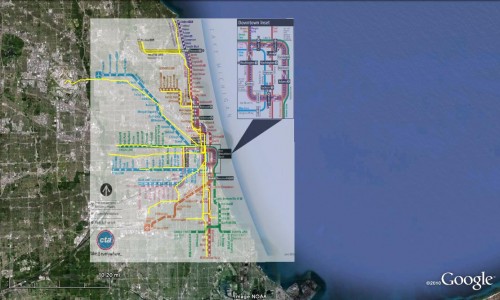FAQs: Where do grad students live?

From wvaughn.org
It is possible for grad students to live on campus, and I think that they try to room grads with other grads. However, the one grad I know who lived in the dorms was in a suite with a bunch of undergrads and was none too pleased with the situation. I’m under the impression that grads in student housing are uncommon.
I’m not sure of the exact cost of a Columbia College Chicago dorm room, but from what I’ve heard, you can get a good apartment elsewhere in the city for less money.Columbia is in the South Loop, on the southern fringe of downtown. The area seems pretty safe, but it’s also not terribly residential. While there are some businesses that cater to people living in the dorms of the multiple colleges in the neighborhood, there’s not a whole lot going on after business hours, when most people have gone back to their neighborhoods.
Chicago is a huge city with a variety of places to live, all with their own merits. One thing to consider when you’re choosing somewhere to live is the train line that you’ll be on, because the stuff on your train line will be the easiest to reach when you want to go out and par-tay. So, I’ll break it down by the train lines that I see as popular with Columbia grad students.
I live on the far north side, on the borders of the Uptown, Ravenswood, and Andersonville neighborhoods. I’m a 10ish minute walk from the Red and Brown line trains. Most Columbia people I know who live in the city claim a 30-45 minute door-to-door commute on the CTA.
RED LINE:
On the far north side, it goes through Rogers Park, Edgewater, Andersonville, and Uptown. Then it heads south through the increasingly swanky Lakeview, Lincoln Park and River North before hitting downtown.
I know a good few people who live off the Red Line way up north. It’s a good place for someone who’s a little too old for roommates and college bars, but still single and working on that best-seller, to get a studio or one bedroom.
Lakeview and northern Lincoln Park have a very collegey vibe thanks to nearby DePaul University. At 32, I’m too old for Lakeview, but will go there on the weekend to hit a couple record stores.
BROWN LINE:
From the northwest side, the Brown Line goes through fancier residential neighborhoods as it goes downtown, but if you’re near the end of the line in Lincoln Square or Albany Park, there are some deals to be had. An added bonus of living toward the end of the Brown Line is that you’re a short bus ride due north of trendy Logan Square.
BLUE LINE:
If you’ve lived in NYC, you could compare the Blue Line to the L train in that it goes through a couple of the city’s most stylish neighborhoods, but doesn’t go much of anywhere else. Said cool neighborhoods are Ukrainian Village, Wicker Park, Bucktown, Logan Square, and now Avondale. UV and Wicker are closest to downtown and most expensive. Nightlife clogs their streets on weekends. Bucktown is more residential. Logan Square is the place to be if you’re an artsy twenty-something, and Avondale is a little further up the road, where people go for cheaper rent.
PINK LINE:
A lot of students live in the Pilsen neighborhood, a short ride from downtown and near the UIC campus. Pilsen is the city’s Mexican cultural center and also has a lot of industrial spaces that function as artist lofts. My favorite Mexican restaurant in the city, Nuevo Leon, is on Pilsen’s main drag, 18th St.
WEEK LINKS:
Fiction Writing professor and “The Temple of Air” author Patty McNair has a feature on her site called “View from the Keyboard,” where writers share a photo of and a story about their writing space. Here’s one from fiction writing grad student Cyn Vargas, who also works in Columbia’s alumni office.
